
Humanity’s greenhouse gas emissions are causing cascading environmental disruptions that reach far beyond the surface of the planet — with profound consequences emerging in the increasingly congested orbital highways surrounding our planet. Now, new research shows that increasing CO₂ concentrations are cooling and contracting the thermosphere, the atmospheric layer where most satellites and space debris dwell.
This thinning atmosphere reduces natural orbital cleanup processes, allowing defunct spacecraft and fragmentation debris to persist longer in low-Earth orbit. By the end of the century, essential regions in orbit could lose up to two-thirds of their safe satellite capacity, driven by growing collision risks, endangering global communications networks and scientific missions and posing dangerous conditions for future space exploration.
The Shrinking Thermosphere

Greenhouse gases create a paradoxical cooling effect in the upper atmosphere despite warming surface temperatures. Because CO₂ molecules emit heat into space at altitudes above 50 miles, the thermosphere has cooled by around 1.8 °F per decade since 2000. This thermal contraction reduces atmospheric density by 2% per decade at 250-mile altitudes, fundamentally changing the orbital dynamics.
The Key Role of Atmospheric Drag

The thinning atmosphere weakens drag forces that would naturally bring space objects down from orbit. Since the 1980s, the atmosphere has fallen by 5% per decade at 300 km altitude, leaving debris like spent rocket bodies and defunct satellites to circle Earth for longer. This reduced drag could increase orbital lifetimes by 30-50% by 2100, turning temporary debris into persistent collision hazards, according to research from MIT in 2025.
MIT’s Capacity Crisis Projections
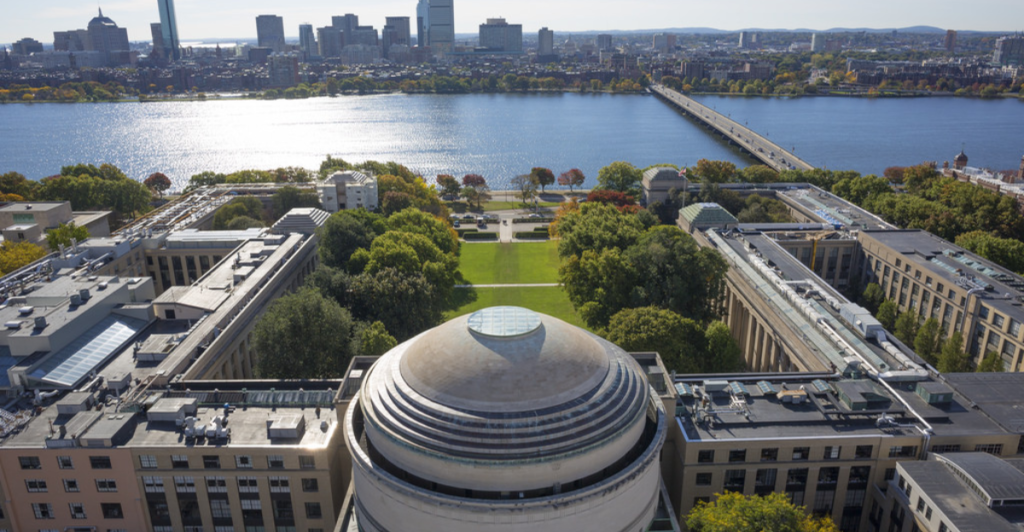
Advanced simulations suggest that orbital regions currently able to sustain 3,000 satellites will only safely hold 1,000–1,500 by 2100 under higher-emission scenarios. The most congested zones near 500–600 km altitudes could reach critical density thresholds 20 years sooner than previously estimated, with the potential to trigger chain-reaction collisions called Kessler Syndrome.
Megaconstellations Meet Shrinking Margins
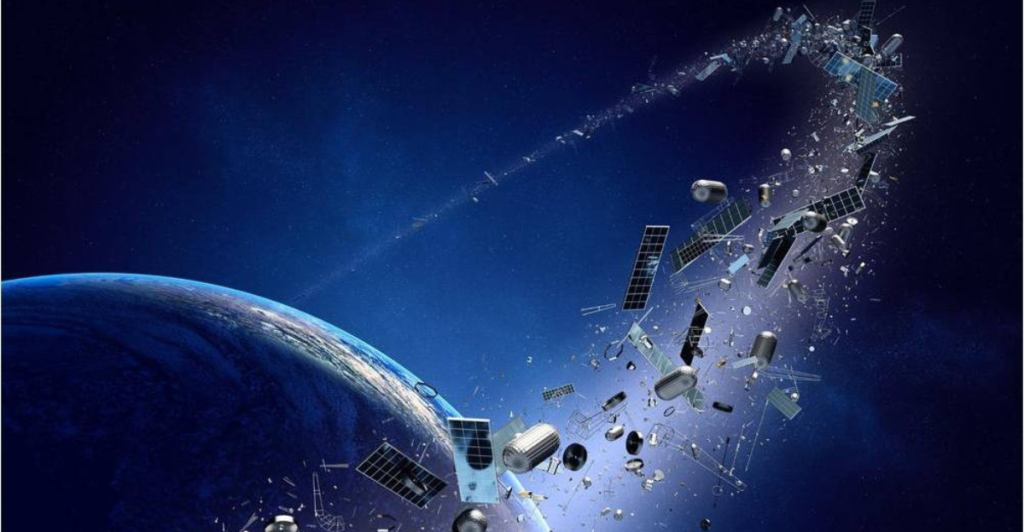
Since 2019, companies have launched more than 5,000 Starlink satellites into orbit and have plans to deploy 40,000 more. Amazon’s Project Kuiper plans on launching 3,200 satellites by 2029. According to MIT researchers, these constellations are exceeding orbital carrying limits even before accounting for climate effects – creating a “perfect storm” of collision risk.
Debris Avalanche Thresholds
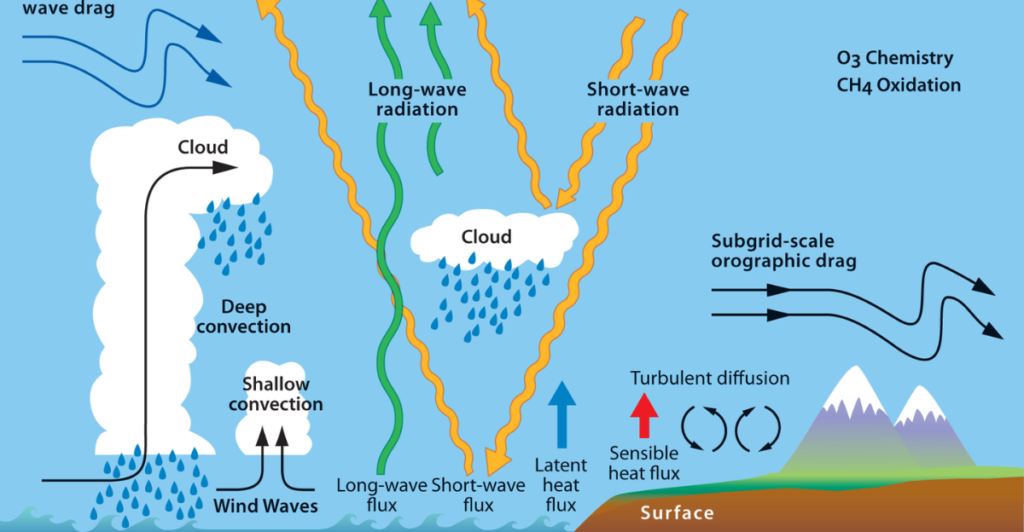
During solar minimum periods, at least eight orbital shells between 400 and 550 km already contain enough debris to induce runaway collisions. In these areas, a single fragmentation event could create debris clouds that increase collision probabilities by 50% for neighboring satellites.
The CO₂ Double-Edged Sword

While surface-focussed emissions drive global warming, their upper atmospheric effect demonstrates space’s vulnerability to pollution created on Earth. MIT models indicate that every 1 ppm CO₂ increase accelerates the contraction of the thermosphere—even moderate CO₂ emission scenario cases can result in a 33% reduction of satellite safe capacity.
Four Decades of Atmospheric Research
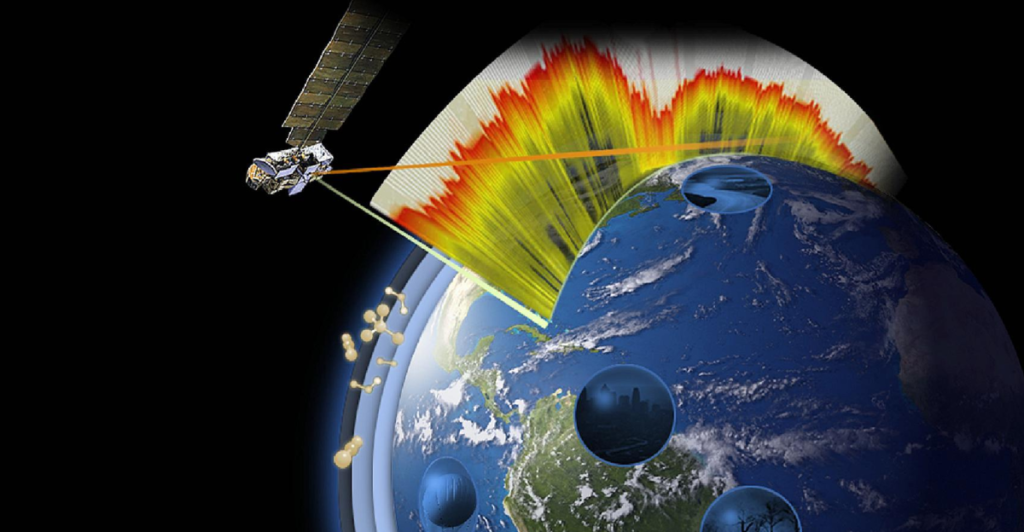
Upper atmospheric cooling was first detected in 1992 using satellite laser ranging. The British Antarctic Survey’s 2022 study confirmed thermospheric density declines accelerated from 1% per decade (1980–2020) to 2% per decade in climate projections.
Global Satellite Infrastructure at Risk
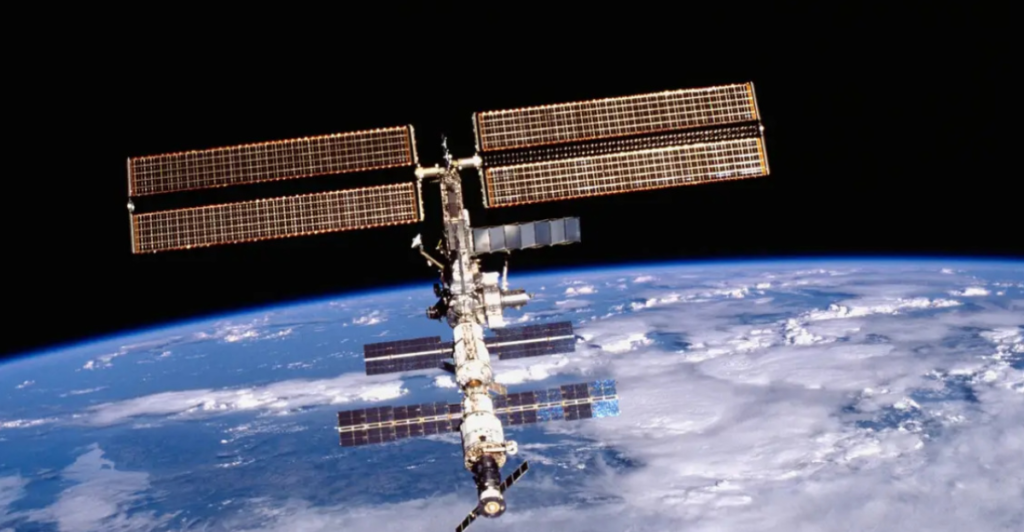
Prolonged debris lifetimes puts GPS networks, Earth observation systems, and climate monitoring satellites at risk. Collision avoidance maneuvers already cost operators millions each year – costs predicted to be three times higher by 2040 as debris density increases.
The $100 Million Clean-up Challenge

Active debris removal missions cost between $60-100 million per satellite, making large-scale clean-up economically prohibitive. While the FCC’s 2022 five-year deorbit rule helps, it does not address legacy debris – over 28,000 trackable objects currently orbit Earth.
Preserving Orbital Real Estate
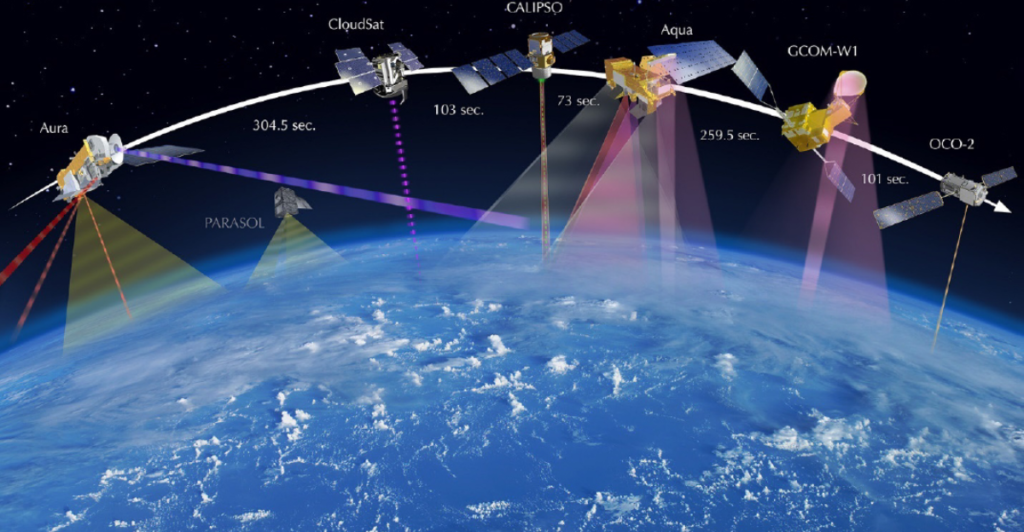
Addressing this crisis requires dual action: rapid reductions in emissions to slow down atmospheric thinning and the establishment of common global policy frameworks for sustainable space operations. As one of the study’s co-authors, Richard Linares, elaborates: “Our atmospheric decisions today dictate whether low-Earth orbit remains viable for future generations.” Without immediate intervention, humanity risks losing critical orbital regions within decades — a silent casualty of climate change’s expanding reach.
Explore more of our trending stories and hit Follow to keep them coming to your feed!

Don’t miss out on more stories like this! Hit the Follow button at the top of this article to stay updated with the latest news. Share your thoughts in the comments—we’d love to hear from you!







